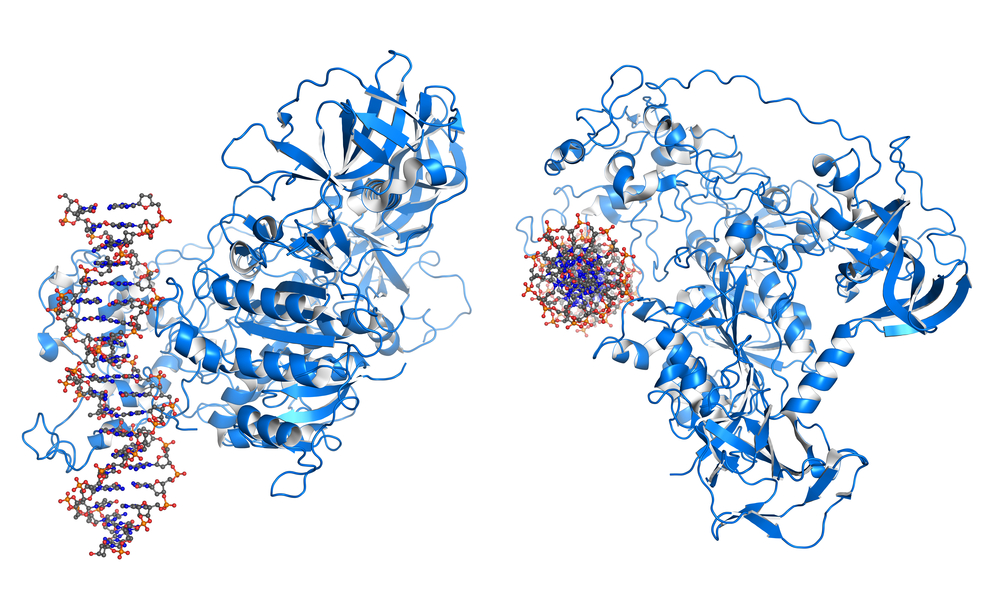Cure SMA Awards $90,000 to Spinal Muscular Atrophy Researcher

Cure SMA has awarded a $90,000 grant to Antoine Cléry, Ph.D., a researcher at ETH Zurich, for his work on spinal muscular atrophy (SMA), titled “Novel approaches against spinal muscular atrophy by targeting splicing regulators.”
The award is part of an $890,000 new basic research fund that is now being announced by CureSMA – a strategic step in its comprehensive research model to investigate the causes of SMA and identify the best strategies for eliminating the disease.
Cléry is a senior researcher in Frédéric Allain’s laboratory at ETH Zurich that specializes in the structure determination of protein-RNA complexes using NMR (nuclear magnetic resonance).
SMA is triggered by an SMN1 gene mutation – the gene that regulates the survival motor neuron (SMN) protein production. People who suffer from SMA have one or several copies of SMN2, called the “SMA back-up gene” – which produces an SMN protein lacking a pivotal element, exon 7, essential for proper protein function.
Cléry’s project will look into the different molecules that might be affecting the splicing of SMN2 – a process where non-coding introns are edited out of the RNA and replaced by coding exons to produce the final set of instructions for the proper translation of the SMN protein. If SMN2 splicing is corrected, it could be possible to produce a functional and complete SMN protein.
“I was working on the structure determination of the splicing regulator Tra2-β1 when I started to study the mode of regulation of this protein on SMN2 mRNA splicing,” Cléry said in a press release. “I aim at finding new therapeutic strategies to cure SMA. We are trying to engineer the splicing regulator SRSF1 to force it to promote SMN2 exon7 inclusion. In parallel, we would like to identify small molecules that reinforce the activity of splicing factors that activate SMN2 exon7 inclusion.”
Cléry and his team expect to identify a new generation of molecules that control protein splicing regulators included in SMN2 pre-mRNA. They believe that understanding this process could lead to promising drug discoveries that could potentially tackle SMA and other splicing-related diseases.
“We will screen chemical compound libraries against protein splicing regulators bound to theirSMN2 RNA. In addition, we will use our protein structural data to specifically assess the role of a protein-splicing regulator called SRSF1 protein that binds SMN2 exon7 and promotes exon7 inclusion in mature SMN2 mRNAs,” Cléry said. “There is still no treatment for SMA and other splicing-related diseases. Finding new therapeutic strategies to approach these diseases that act specifically on splicing regulators is a very promising method to correct splicing defects.”







